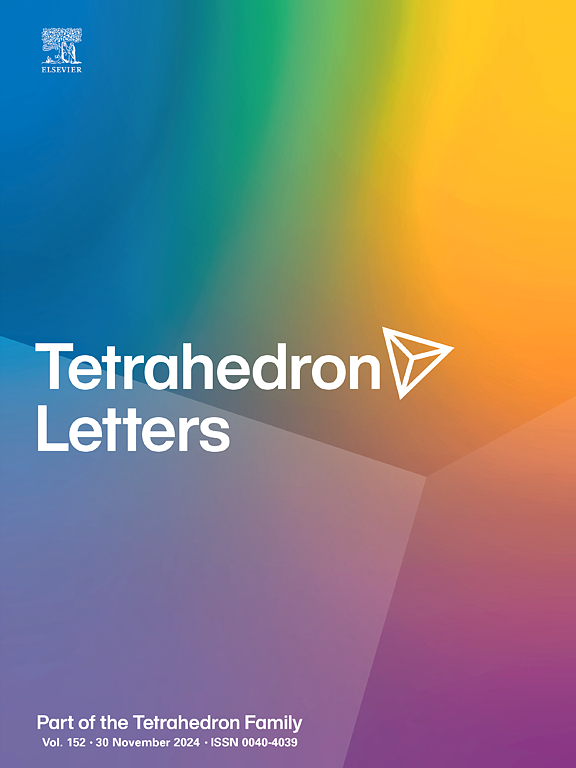Unified synthesis of DSPC and PSPC: Chemical entities of hydrogenated soy L-α-phosphatidylcholine (HSPC), a key component of liposomal drug formulations
IF 1.5
4区 化学
Q3 CHEMISTRY, ORGANIC
引用次数: 0
Abstract
A simple, unified and scalable strategy, emanating from the readily available chiral pool d-solketal, has been employed to obtain the enantiomerically pure components of hydrogenated soy L-α-phosphatidylcholine (HSPC), namely distearoyl phosphatidylcholine (DSPC) and 1-palmitoyl-2-stearoyl-phosphatidylcholine (PSPC). HSPC is obtained by hydrogenating naturally occurring soy L-α-lecithin; this affords a glycerophospholipid mixture containing C-16 (minor) or C-18 (major) fatty acid chain at sn-1, C-18 chain at sn-2 position and phosphatidylcholine at sn-3 position. HSPC already has numerous applications as an excipient and essential component in many FDA approved liposomal drug formulations such as Doxil® (doxorubicin HCl liposome injection) and AmBisome® (amphotericin B liposome injection). However, there is increasing interest in uncovering the potential individual applications of its components, DSPC and PSPC, too. In this context, the current synthesis offers a strategy to have a ready bespoke access to multi-gram quantities of DSPC and PSPC (in particular) that does not rely on tedious separation of the components of HSPC.

DSPC和PSPC的统一合成:氢化大豆L-α-磷脂酰胆碱(HSPC)的化学实体,是脂质体药物制剂的关键成分
采用一种简单、统一和可扩展的策略,从现成的手性池d-索酮中获得氢化大豆L-α-磷脂酰胆碱(HSPC)的对映体纯组分,即二硬脂酰磷脂酰胆碱(dsc)和1-棕榈酰-2-硬脂酰磷脂酰胆碱(PSPC)。HSPC是由天然存在的大豆L-α-卵磷脂氢化而得;在sn-1上含有C-16(次要)或C-18(主要)脂肪酸链,sn-2上含有C-18链,sn-3上含有磷脂酰胆碱的甘油磷脂混合物。HSPC已经在许多FDA批准的脂质体药物制剂中作为辅料和必需成分得到了许多应用,如Doxil®(阿霉素HCl脂质体注射)和AmBisome®(两性霉素B脂质体注射)。然而,也有越来越多的兴趣发现其组件的潜在单独应用,dsc和PSPC。在这种情况下,目前的合成提供了一种策略,可以随时定制访问多克数量的dsc和PSPC(特别是),而不依赖于HSPC组分的繁琐分离。
本文章由计算机程序翻译,如有差异,请以英文原文为准。
求助全文
约1分钟内获得全文
求助全文
来源期刊

Tetrahedron Letters
化学-有机化学
CiteScore
3.50
自引率
5.60%
发文量
521
审稿时长
28 days
期刊介绍:
Tetrahedron Letters provides maximum dissemination of outstanding developments in organic chemistry. The journal is published weekly and covers developments in techniques, structures, methods and conclusions in experimental and theoretical organic chemistry. Rapid publication of timely and significant research results enables researchers from all over the world to transmit quickly their new contributions to large, international audiences.
 求助内容:
求助内容: 应助结果提醒方式:
应助结果提醒方式:


